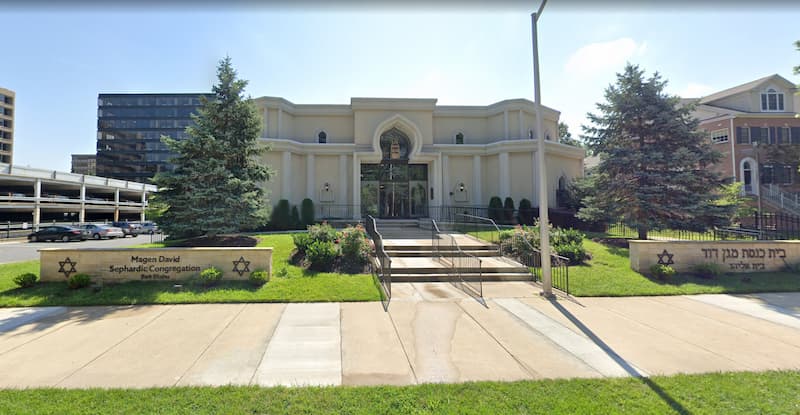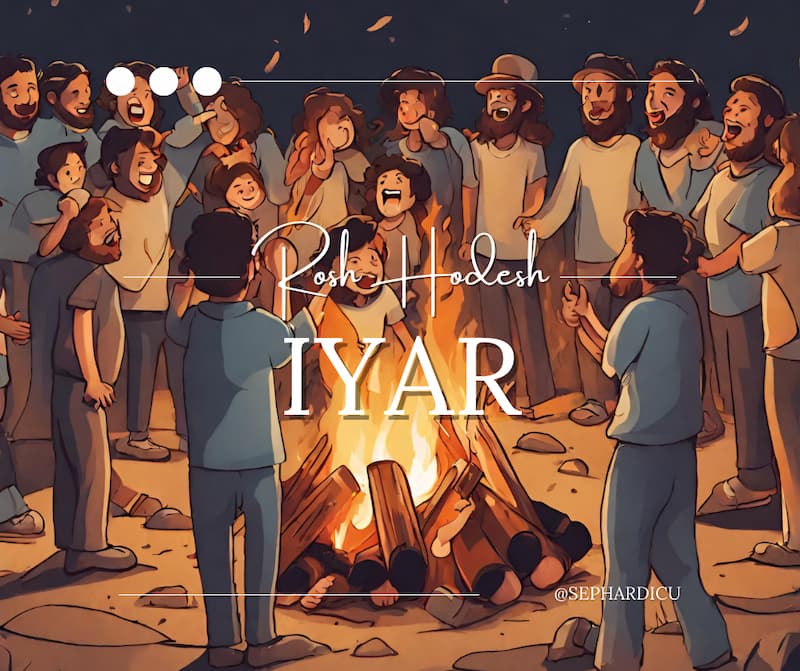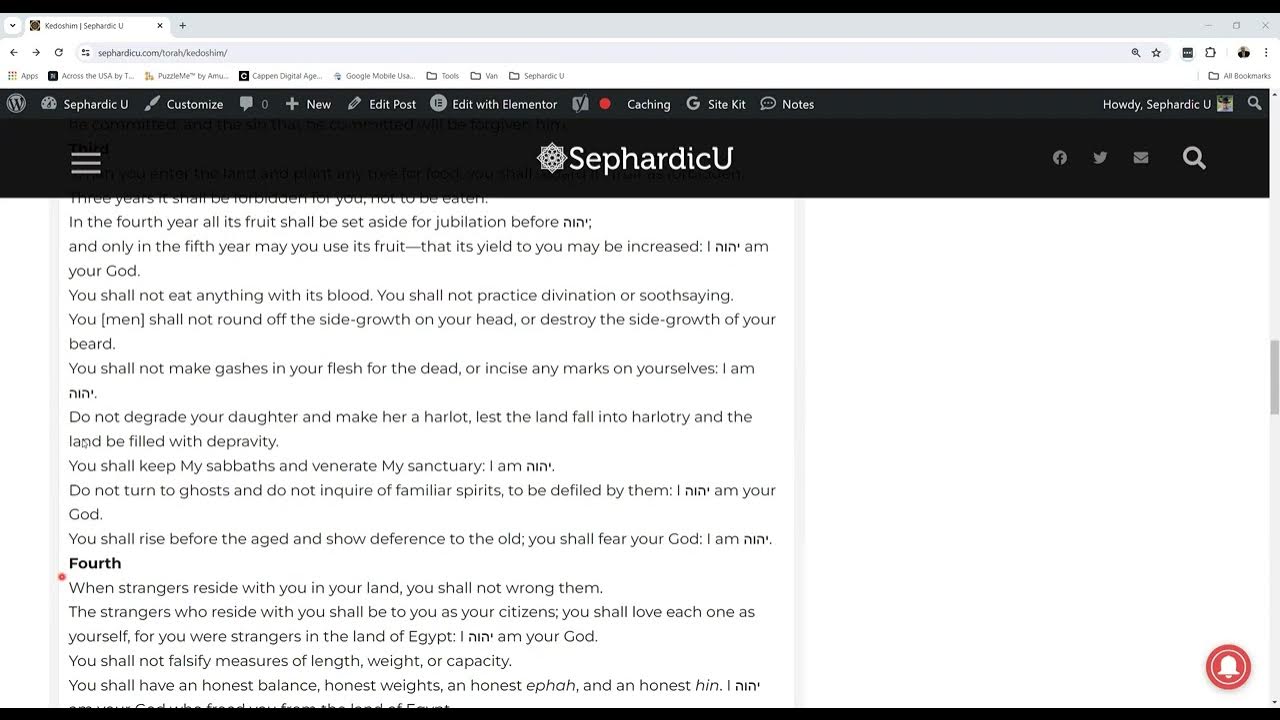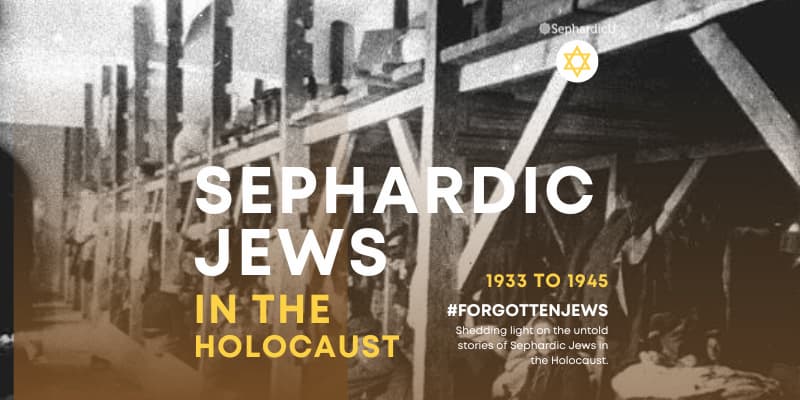Nestled in the heart of North Bethesda, Maryland, Magen David Sephardic Congregation (MDSC) stands as a beacon of Sephardic heritage, unity, and community. With a history deeply rooted in the tapestry of Sephardic Jewish traditions, MDSC has evolved into a vibrant hub that celebrates the past, embraces the present, and envisions a future where Sephardic identity thrives.
Founding Years: A Tapestry of Diversity
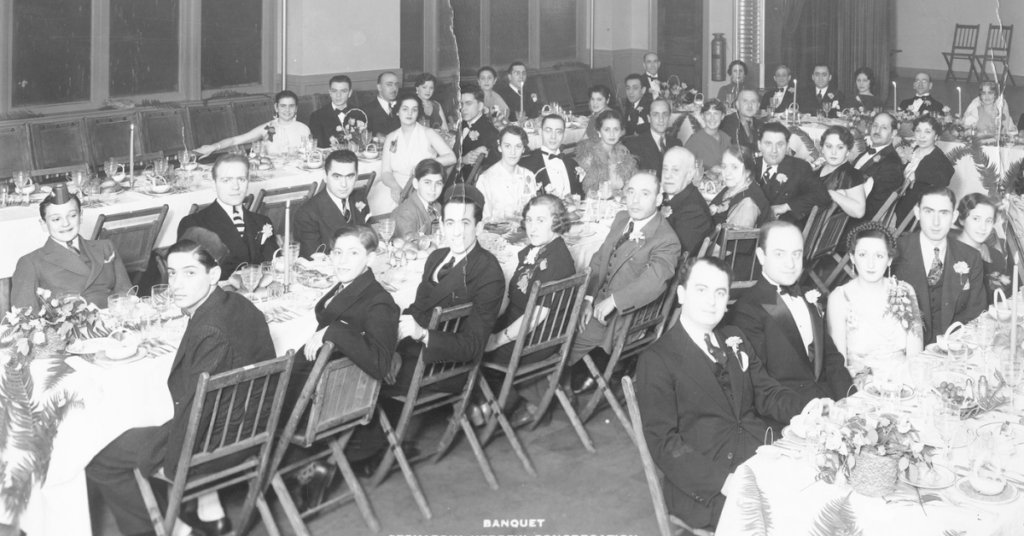
The story of MDSC traces back to the 1920s when the first Sephardic Jews arrived in the Washington DC area. These pioneers, mainly from Turkey and Greece, carried with them the customs, languages, and traditions of their ancestors. As the years unfolded, the congregation’s embrace expanded to include Moroccan Jews in the 1940s, followed by immigrants from Egypt, Iraq, Iran, Lebanon, Syria, Tunisia, Algeria, and Libya. This diverse blend of backgrounds would come to define MDSC’s unique identity—a tapestry woven from threads of different cultures and experiences.
Preserving Tradition Amidst Change
While MDSC embraced diversity, it also held fast to its commitment to preserving Sephardic heritage. The congregation’s journey was punctuated by various spaces—hosted initially by Ashkenazi synagogues as MDSC sought a permanent home. Despite these changes, the devotion to Sephardic traditions remained unyielding. The Moroccan influence that characterized the early years gradually gave way to a more broadly North African and Middle Eastern style, mirroring the congregation’s evolving composition.
A Bridge of Unity: The Yom Tov Congregation
The seeds of MDSC were sown even earlier through the Yom Tov Congregation, founded in 1914. This Sephardic prayer group, led by Rabbi Solomon Ezra, became a touchstone for the Sephardic community. With its own burial society and a commitment to Sephardic customs, the Yom Tov Congregation laid the groundwork for MDSC’s future.
Birth of MDSC: Weaving Unity and Identity
In 1966, a pivotal moment occurred—the formation of a board of directors for what would become Magen David Sephardic Congregation. The congregation officially took shape with the enactment of its charter. The initial years saw services and social activities steeped in Moroccan flavor, yet as the community expanded, its identity broadened to encompass Middle Eastern and North African roots. This welcoming approach extended to Ashkenazi visitors and members, creating a congregation that was diverse yet united by its Sephardic essence.
A Quest for a Permanent Home
As MDSC’s community grew, the need for a dedicated home became apparent. In 1984, a building was purchased on the corner of Tilden Lane and Old Georgetown Road in Rockville, Maryland. This marked a significant milestone, culminating in the congregation’s first Shabbat service in May 1986. Rabbi Hayyim Kassorla’s arrival in 1987 added a new dimension to MDSC, attracting fresh enthusiasm and members.
Building for the Future: A Testament to Heritage
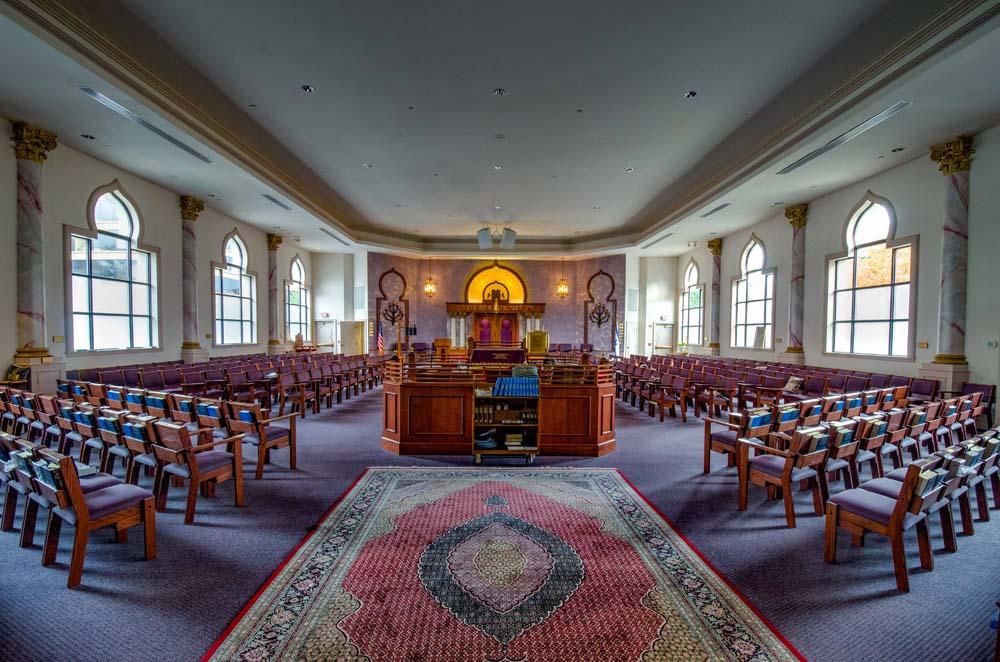
The journey towards a permanent home was far from over. With unwavering dedication and the support of Sami and Annie Totah, MDSC’s vision of a purpose-built sanctuary took shape. The result—a stunning Moorish exterior and an evocative sanctuary—embodied the congregation’s dedication to preserving its heritage while embracing the present.
In April 1997, a cornerstone was laid—an enduring symbol of commitment. By June 1998, the new sanctuary echoed with prayers, a space where Sephardic traditions continued to thrive. The building itself was a testament to the congregation’s story—a story of unity, preservation, and the celebration of a vibrant heritage spanning continents and generations.
An Oasis of Learning and Community
MDSC’s impact goes beyond the physical space it occupies. The congregation’s commitment to education is evident through its Torah classes, lectures, and programs. This dedication mirrors the age-old Sephardic tradition of cherishing knowledge and wisdom—a value that MDSC holds dear.
Connecting Through Time: MDSC’s Reach
MDSC’s journey reverberates beyond its immediate community. As an affiliate of the Orthodox Union (OU), MDSC bridges the gap between Sephardic heritage and the broader Orthodox Jewish community. This affiliation underscores the congregation’s dedication to fostering unity while remaining deeply connected to its roots.
An Invitation to Experience
For those seeking to connect with the enduring legacy of Sephardic heritage, MDSC extends an open invitation. Within its walls, one discovers more than a synagogue—it’s a living testament to the rich heritage, unity, and a vibrant community. MDSC celebrates the journey of Sephardic Jews, embracing a tradition that honors the past while embracing a future where Sephardic identity continues to flourish.
In every prayer, every celebration, and every moment shared within MDSC’s walls, the living legacy of Sephardic heritage is woven into the fabric of community, tradition, and faith. The congregation stands as a remarkable story—a testament to unity, preservation, and the enduring power of Sephardic traditions.
Contact Information: Magen David Sephardic Congregation 11215 Woodglen Drive, Rockville, MD 20852 Phone: (301) 770-6818 Email: [email protected] Website: https://www.magendavidsephardic.org/

